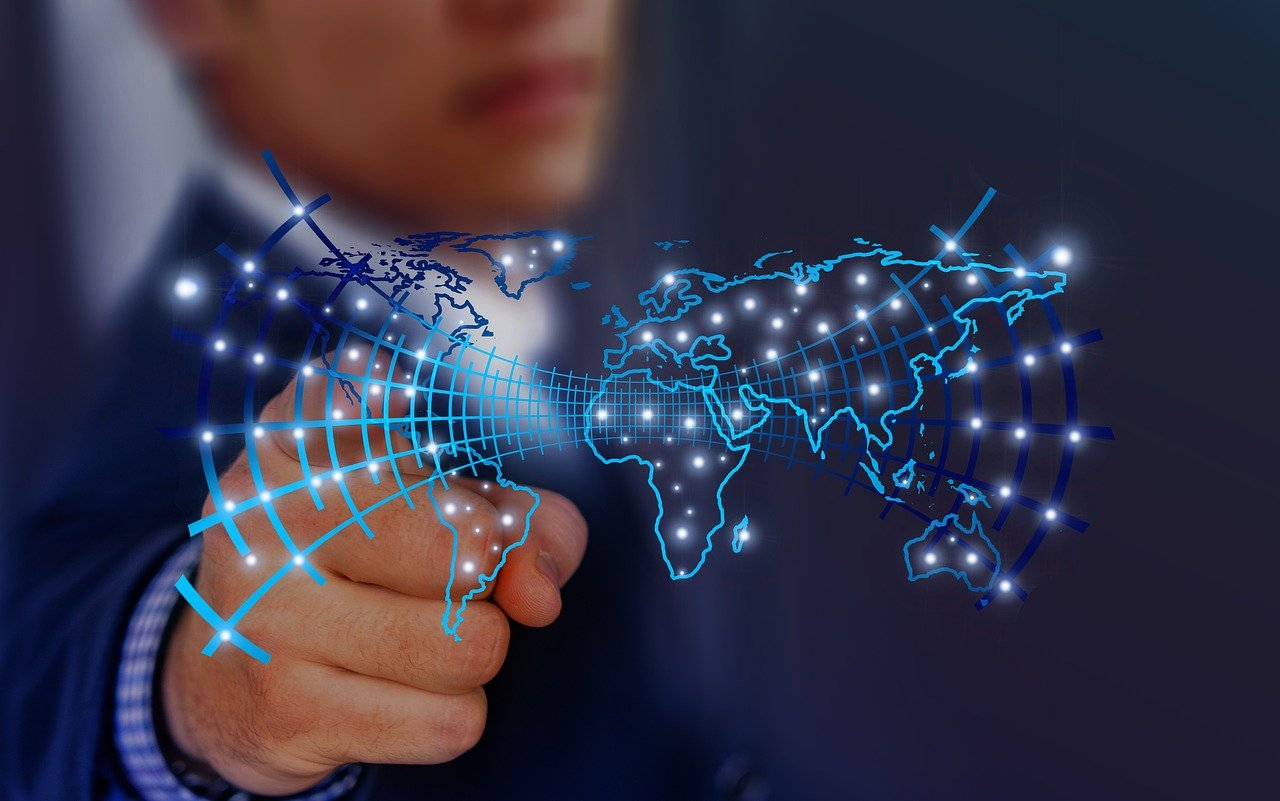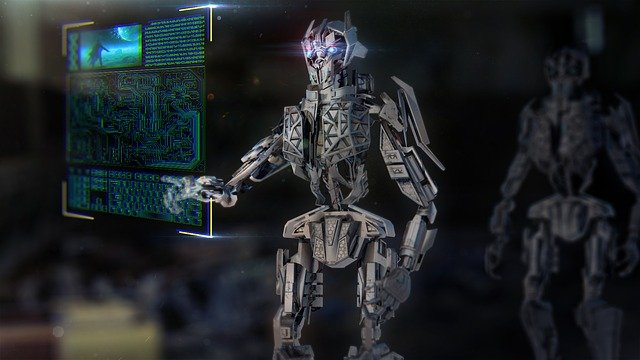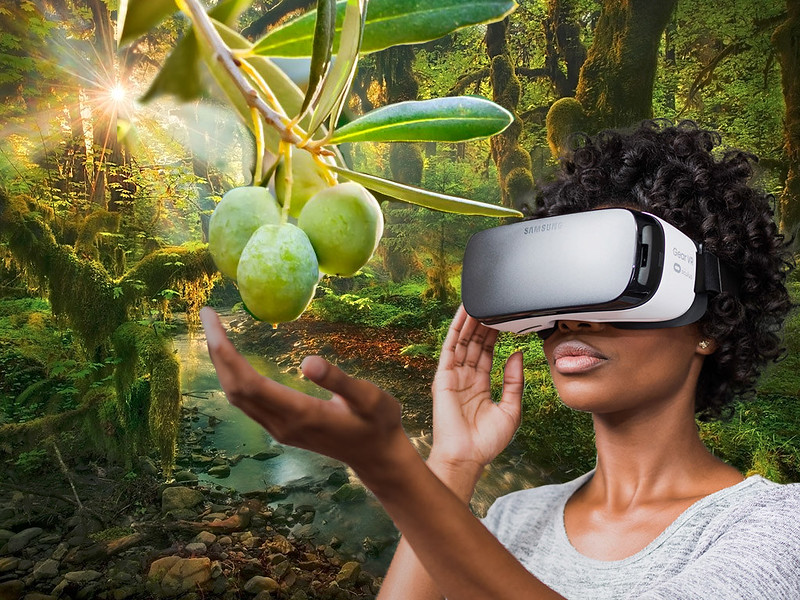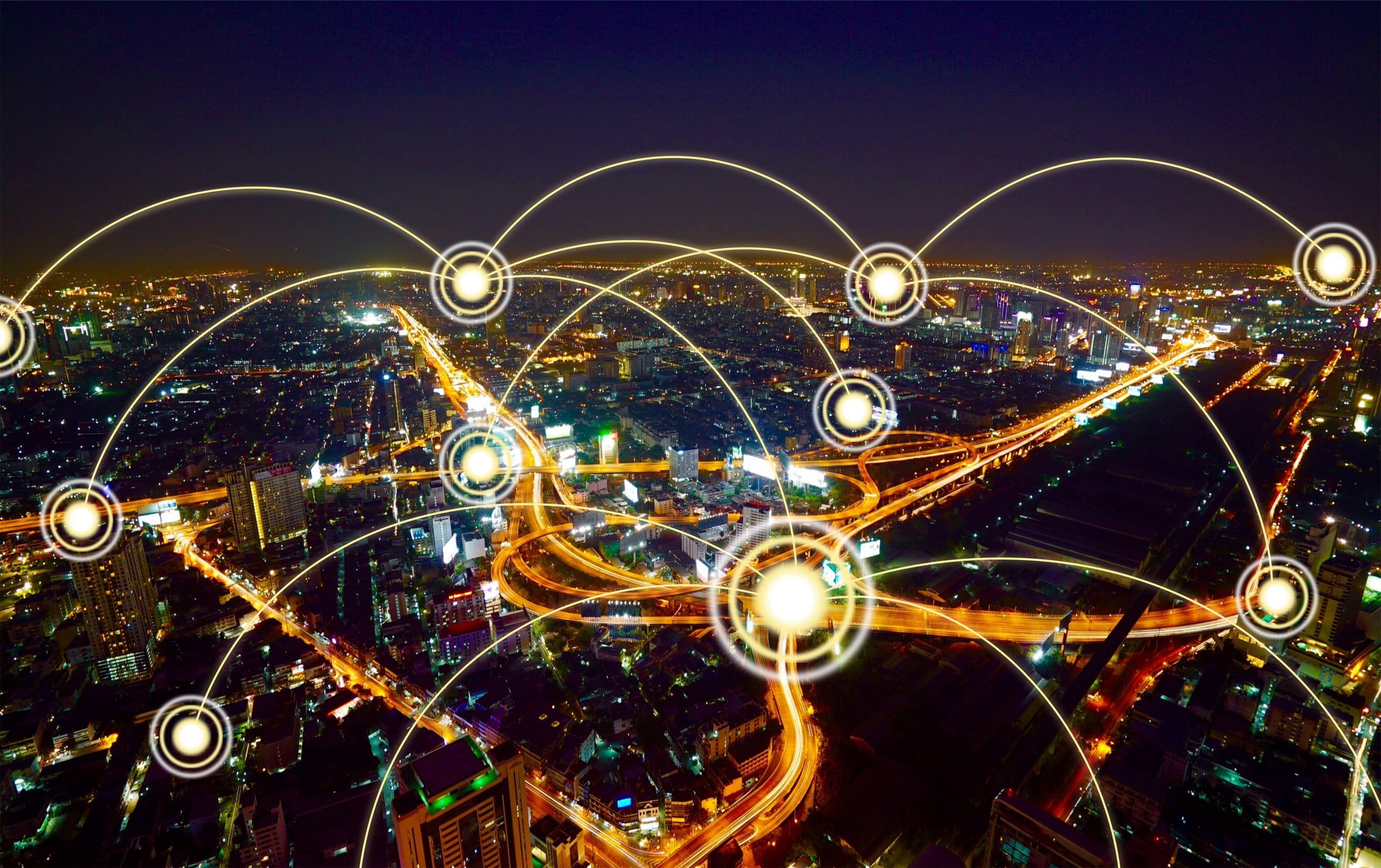AI technologies such as blockchain, self-driving cars, robots, 3D printing, and advanced genomics, among others, have ushered in a new industrial revolution. These ground-breaking and innovative AI trends in 2022 will likely change organizations, reshape business models, and transform industries.
Similarly, AI breakthroughs and developments in Machine Learning (ML) will also continue to push boundaries, similar to how steam, electricity, and computers ushered in the first three industrial revolutions.
Here are the top 22 AI trends in 2022.
AI Engineering
AI Engineering will be at the forefront of future AI trends. The staying power and lasting value of AI investments have been tremendous across many companies. In like manner, as the market for AI innovations grows, efforts into AI models will also expand to drive investments. In fact, future trends lean towards the mass adoption of AI engineering, leading to three times the value for AI efforts.
You can also check our previous blog to know why AI Engineering is one of the most high-in-demand career prospects in the market today: What is AI Engineering and Why You Should Join this Field.
Web 3.0
Web 3.0, or “Semantic Web,” is where the web will be used as a database incorporated with intelligent search engines, efficient filtering tags, and digitized information. Consisting of AI-enabled services, Web 3.0’s decentralized data architectures and edge computing will make it one of the biggest AI trends in 2022.
AI in Healthcare
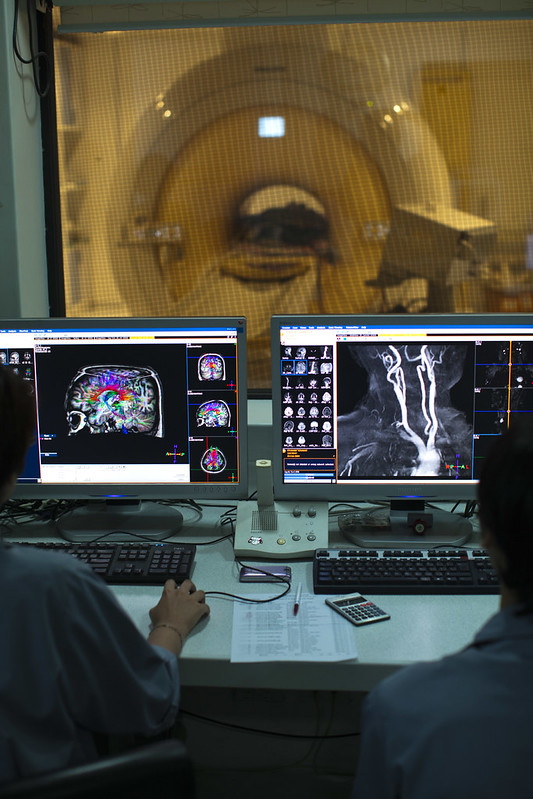
The healthcare industry is among the primary economic sectors that will continue to evolve as Machine Learning and AI in technology become more prevalent. Current AI trends already include AI-enabled machines being as good as human experts when it comes to diagnosing disease from medical images. Moreover, current Deep Learning software also show enormous promise in diagnosing a range of diseases, including cancer and eye conditions.
AI trends in 2022 in healthcare will include researchers developing AI models that can predict the development of breast cancer years in advance. Crucially, the system will be created to work well for diverse patients. Similarly, another trend that can quickly become a global standard in the near future is Infervision’s image recognition technology that will use AI to look for signs of lung cancer in patient scans.
AI in Cybersecurity
Hacking and cybercrime have inevitably become more of a problem as machines take up more of our lives. Every device connected to a network inevitably becomes a potential point-of-failure that hackers could exploit. As a matter of fact, the World Economic Forum identified cybercrime as potentially posing a more significant risk to society than terrorism.
It is a given then that potential AI trends in 2022 and beyond will focus on cybersecurity. Identifying points of failure becomes more complex as networks of connected devices become more complex, and this is where AI can play a role. Smart AI algorithms will play an increasingly major role in keeping cyber-crimes at bay by analyzing network traffic and learning to recognize patterns that suggest nefarious intentions.
Simultaneously, a significant AI application in cybersecurity in 2022 includes the Cybersecurity mesh. It is a form of architecture that provides an integrated approach to IT security assets no matter the location. It will consequently redefine the perimeters of cybersecurity as it will provide a more standardized and responsive approach to people’s identities or things. This is a pathway to reduce the financial implications of cyber incidents by almost 90%.
Hyper Automation

Automation enables technologies to produce and deliver goods and services with minimal human intervention. The current implementation of automation in technologies and techniques has already improved the efficiency, reliability, and speed of tasks previously performed by humans. As such, automation is critical for digital transformation.
Likewise, Hyper Automation means faster identification and automation across enterprises. It will improve work quality, hasten business processes, and foster decision-making. Thus, as new innovations emerge, Hyper Automation will be on the rise, which is why it is one of the growing AI trends in 2022.
Augmented Workforce
Many companies embrace the process of creating data and AI-literate cultures within their teams. As time goes on, this will become the norm, with the human workforce working with or alongside machines with cognitive functionality.
In many sectors, AI-enabled tools are already used to determine leads that are worth pursuing. The tools also convey the value businesses can expect from potential customers. For example, in engineering, AI tools provide predictive maintenance. Likewise, in knowledge industries such as law, AI-enabled tools help sort through a growing amount of data to find valuable information.
Generative Artificial Intelligence (AI)
Generative AI algorithms use existing content, such as text, audio files, or images, to create new content. In other words, it enables computers to use abstract and underlying patterns related to the input to generate similar content. There has been an increase in interest and investment in generative AI over the past year. By the same token, predictions include generative AI accounting for 10% of all data production in the next three and a half years, a significant increase from the current 1%.
AI in Entertainment
Current AI-enabled content platforms, such as Netflix and Spotify, use AI to understand what viewers want to watch or listen to and make personalized recommendations. As new AI-enabled innovations emerge, more of such similar tools and services will become popular. Some examples of trendy AIs in the entertainment sector include search engines, such as China’s Sogou, capable of creating an AI that can read novels aloud, simulating the author’s voice (similar to how Deepfakes can create realistic audio and video content). Other examples include AI-enabled tools, such as Sony’s AI DrumNet, which produces drum beats.
Data Fabric
A data fabric is an architecture that serves as an integrated layer (fabric) of data and connecting processes that provide consistent capabilities across a choice of endpoints spanning hybrid multi-cloud environments. In adjacent, it also standardizes data management practices across cloud and devices, fostering resilient and flexible data integration across platforms. Additionally, the standardization can also lead to significantly reduced data management efforts while also substantially improving time to value.
Better Language Modeling
 Language modeling allows machines to understand and communicate with humans in our spoken languages. Simultaneously, it enables the translation of natural human languages into computer codes that can run programs and applications. An example is GPT-3 by OpenAI, the most advanced language model ever created. This model consists of around 175 billion parameters (variables and data points machines use to process language). A future AI trend includes OpenAI’s successor, the GPT-4, predicted to be even more powerful with 100 trillion parameters, making it 500 times larger than GPT-3.
Language modeling allows machines to understand and communicate with humans in our spoken languages. Simultaneously, it enables the translation of natural human languages into computer codes that can run programs and applications. An example is GPT-3 by OpenAI, the most advanced language model ever created. This model consists of around 175 billion parameters (variables and data points machines use to process language). A future AI trend includes OpenAI’s successor, the GPT-4, predicted to be even more powerful with 100 trillion parameters, making it 500 times larger than GPT-3.
Intelligent Consumer Goods
Smart consumer goods aim to simplify mundane tasks by getting to know one’s preferences and behavior to anticipate needs and respond accordingly. It works similarly to AI-enabled tools and services that fall within the entertainment sector. Examples of smart consumer goods include Google’s Nest’s thermostat, which tracks how people use their homes so that it can regulate the temperature. Similarly, the Orro intelligent light switch can detect when someone enters a room and switch the lights on and off.
Autonomic Systems
Autonomic systems with built-in self-learning can dynamically optimize business performance, and protect against cybercrimes. This trend anticipates greater levels of self-management of software.
AI and the Metaverse
A unified digital environment, the metaverse, is a virtual world much like the internet, where users can work and play together. It emphasizes enabling immersive experiences often created by users themselves. AI will be a significant player in the metaverse, helping create online environments where humans can nurture their creativity. An example of a metaverse is depicted in the 2021 Ryan Reynolds movie “Free Guy.”
Decision Intelligence (DI)
Decision Intelligence is a discipline of AI engineering that augments data science with social science, decision theory, and managerial science. DI applications provide a framework for best practices in organizational decision-making. It also aims to hasten decision-making by modeling decisions in a repeatable way to increase efficiency. It’s predicted that one-third of large enterprises will use DI for better and more structured decision-making in the next two years.
IoT in Business 
The Internet of Things (IoT) is a system of interrelated computing devices, mechanical and digital machines, objects, animals, or people provided with unique identifiers (UIDs). These interrelated units have the ability to transfer data over a network without human-to-human or human-to-computer interaction. The IoT allows businesses and companies to make and sell products by making them smart and delivering unprecedented insights into product use. These insights allow companies to deliver better services and products.
The IoT gives businesses the chance to deliver customer value propositions and generate income streams. Data generated from IoT devices are a vital business asset and can bolster a company’s value. For many companies, the most prominent IoT opportunities are data generated from smart machines. The data can improve company operations and reliability, and reduce costs.
Read our previous blog about how AI applications can benefit businesses: 10 Benefits and Applications of AI in Business.
Composable Applications
Composable applications highlight functional blocks of an application that can be decoupled from overall applications. These individual parts can be more finely tuned to create new applications. Companies that can leverage composable applications are predicted to outpace the competition by 80% regarding feature implementation, making it one of the notable AI trends in 2022 in business.
Low-code and No-code AI
No-code and low-code solutions offer simple interfaces to bypass the AI talent demand gap. These interfaces can be used to construct increasingly complex AI systems. No-code AI systems will enable the creation of smart programs by plugging together premade modules. These modules can then be fed domain-specific data, much like how web design and no-code UI tools, such as Wix or Squarespace, let users create web pages and other interactive systems by dragging and dropping graphics. Natural Language Processing (NLP) and Language Modeling may make it possible to use voice or written instructions to create programs. This will play a vital role in the democratization of AI and data technology.
Cloud-Native Platforms (CNPs)
Cloud-Native Platforms will provide the foundation for most digital initiatives by mid-decade. These platforms leverage cloud technology to offer IT-related capabilities. Subsequently, they reduce vendor lock-ins by giving users a choice of tools without being stuck with legacy offerings. Cloud-Native Platforms are more portable and beyond the reach of predatory vendor pricing as they run on multi-cloud compatible tooling. Invisible infrastructure equals easy portability. Using the cloud for storage offers access to files from anywhere with an internet connection. Files can still be accessed in the event of a hard drive failure or other hardware malfunction. CNPs act as a backup solution for local storage on physical drives.
Autonomous Vehicles
AI will guide autonomous cars, boats, and aircraft set to revolutionize travel and society over the coming decade. Tesla says its cars will demonstrate full self-driving capability by 2022. Accordingly, we can expect competitors Waymo, Apple, GM, and Ford to announce significant leaps forward in the next year.
Privacy Enhancing Computation (PEC)
Data and information privacy is an increasingly important concern. Privacy Enhancing Computation (PEC), accordingly, protects the confidentiality of a company and its customers’ data. Reducing privacy-related risks consequently helps maintain customer loyalty. As a matter of fact, it is estimated that roughly 60% of large enterprises will leverage PEC practices by 2025.
Creative AI
We have used AI to create art, poetry, music, plays, and even video games. Popular examples include the paintings of Pindar Van Arman and the music of Taryn Southern. Moreover, we can expect even more elaborate and fluid creative outputs as new models, such as GPT-4 and Google’s Brain, redefine boundaries. We can similarly expect to see AI applied to routine creative tasks, such as writing headlines for articles and newsletters and designing logos and infographics.
Non-Fungible Tokens (NFT)
A Non-Fungible Token (NFT) is a non-interchangeable unit of data saved on a digital ledger (blockchain). NFTs can be used to represent reproducible items such as photos, videos, audio, and other types of digital files, as unique items. In the same way, 2022 will see companies dabbling in the creation of NFTs for a fee. We have already seen this in the arts and entertainment. We will also likely see the emergence of more tokenization marketplaces.
In conclusion, the fourth industrial revolution offers enormous opportunities to make the world a better place. Equally important is the proper use of these technologies. They can address some of the world’s biggest challenges – from climate change and inequality to hunger and healthcare. As a result, these technologies will change businesses, reshape business models, and transform industries.
